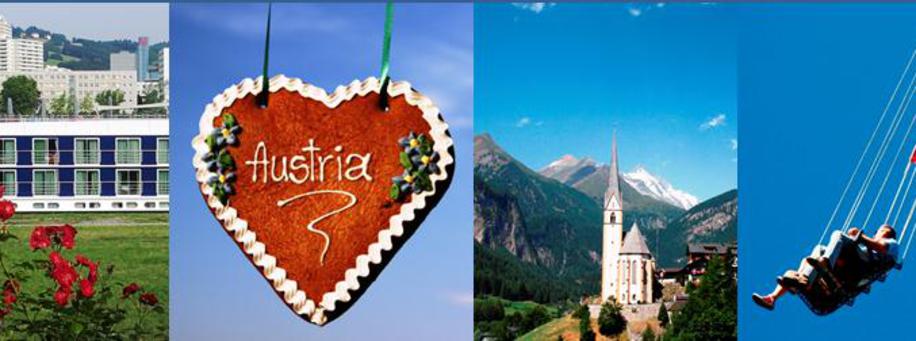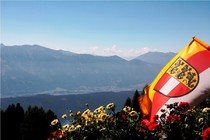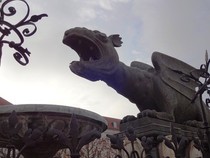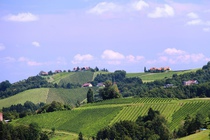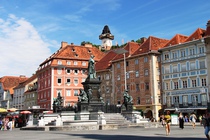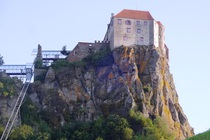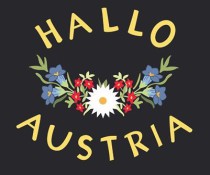Carinthia
The first inhabitants of the country were Celts in the first century AD the Romans conquered the country. In 1335 Carinthia became part of the Habsburgs empire.
Carinthia borders Slovenia and Italy, the climate is almost Mediterranean. The country is a popular tourist destination because of its mountains and its numerous warm lakes.
The capital, Klagenfurt is on the east bank of Lake Wörthersee. Klagenfurt was already established by the 12th century. The town's landmark is a dragon, a kind of dragon that once threatened and killed peasants.
On the outskirts there is a park with miniatures of 170 major buildings in 1:25 scale, including St. Peter's Basilica, the Eiffel Tower, the Statue of Liberty and the Taj Mahal (Minimundus).
Styria
Styria is the second largest province in Austria. Three-quarters of Styria are classified as forest, meadows and vineyards, which is how Styria got the nickname "green heart".
The most renowned products from Styria are the black-greens, pumpkin seed oil tastes nuty, produced from harvested pumpkins seeds, which are also a must for every salad and the Schilcher (rose wine). This name, Schilcher, is a specific name strictly for wines produced in this region.
Styria is known for it's traditionally conscious residents. People often wear traditional clothing 'Tracht' and maintain traditions. The Daffodil Festival (photos) is very well known in Ausseer country where you can not only hiking and swimming in Auseer, Grundlsee and the Toplitzsee, but you can also visit the still active salt mines.
The capital of Styria is Graz and with its 300,000 inhabitants it is the second largest city in Austria. Graz's city center has the largest medieval town center in all German-speaking countries and is a UNESCO World Heritage Site since 1999. A very interesting site to see is the castle (the former residence of the Habsburgs from the 15th Century) with its double spiral staircase.
The main square was created in 1100 as a marketplace and today there are many architectural gems from the 17th to 19th century to see. The best view of the cityscape can be enjoyed from Schlossberg, which can be reached by an easy foot climb or by a lift. The Schlossberg's clock tower is the landmark of the city.
Many castles can be visited in Styria such as the Riegersburg (picture) complete with a witch museum, Herberstein has impressive parks and a zoo.
Romantic spots may be found throughout the old peasant culture and the Freilichtmuseum Stübing, where old farmhouses from all over Austria are rebuilt in the original.
